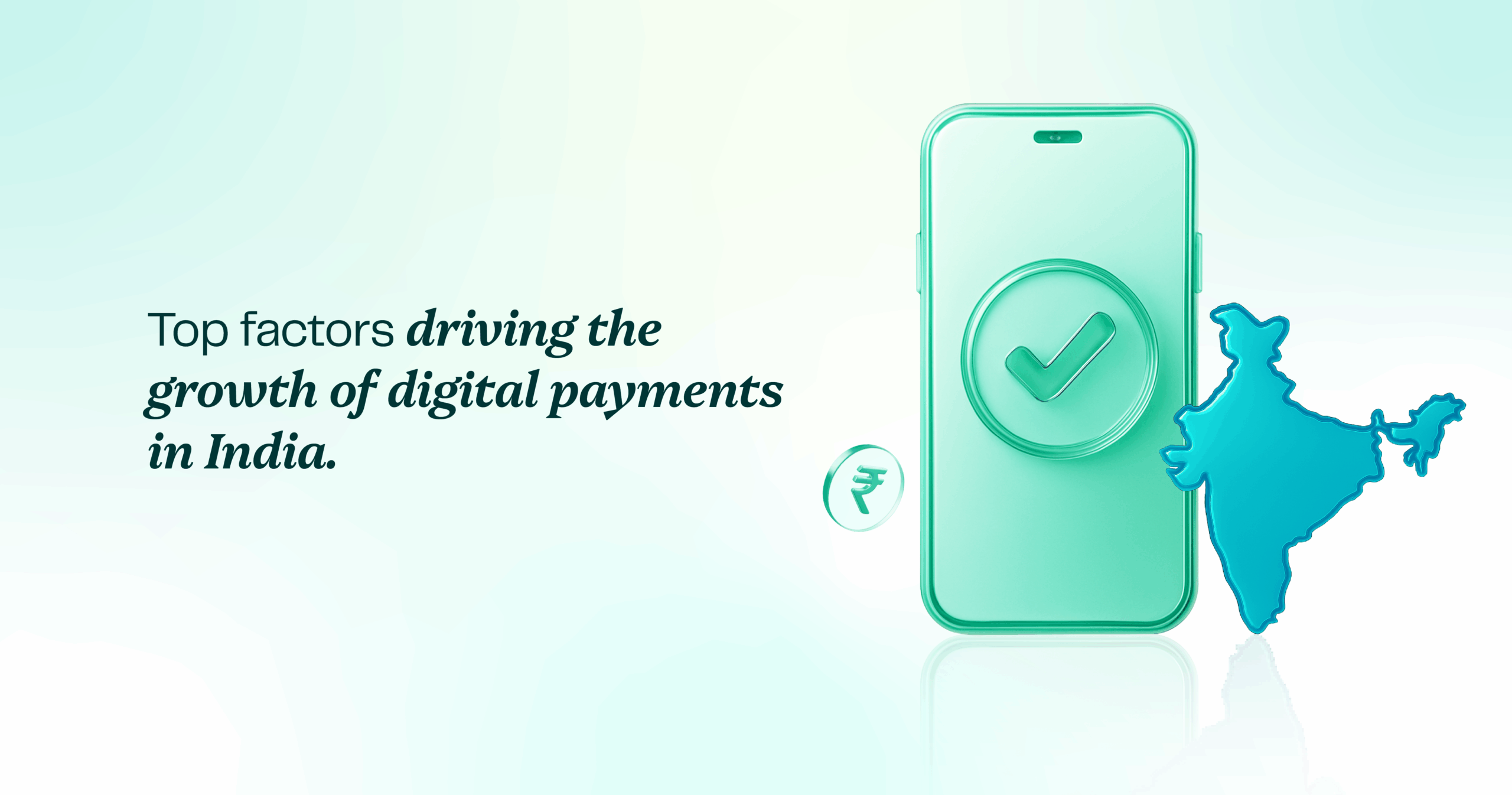If you are a merchant reading this blog, now is the time to take a pause and notice the writing on the wall:
India is going Cashless!
A good example to cite here is the fact that the country is expected to witness the fastest growth (CAGR of 20.2%) in digital payments’ transaction value between 2019 and 2023, as per a recent ASSOCHAM-PWC study.
The phenomenal growth in digital payments in India is a tailwind that can no longer be ignored by merchants, big or small. In fact, the leaders and laggards of tomorrow will be determined by how efficiently they are able to adopt digital payments and make the most of the opportunities presented by the continuously evolving digital payments ecosystem in India.
On a positive note, a growing number of merchants in India are now wary of the benefits of digital payments. The tech-savvy customers today are armed with their smartphones and don’t require any introduction to cashless transactions .
“From close to 1.5 million digital payment acceptance locations in 2016-17, the number of merchants accepting digital payments modes has increased to over 10 million, in a short span of two to three years,” as per a KPMG report titled, “Fintech in India-Powering mobile payments”.
Here are some of the key factors responsible for the rising adoption of digital payments in India:
Increased awareness
Consumer acceptance of digital modes of payments has shot up in recent times, especially after demonetization in November 2016. Millennials and Gen Z consumers are comfortable with digital payments and use them more than often. By not accepting digital payments, merchants are going to lose out on a sizeable chunk of business.
Government policies
The incumbent government’s focus on achieving a cashless economy in India has led to the introduction of several policies favoring merchants who are integrating digital payments.
Example: In her maiden budget speech, India’s Finance Minister Nirmala Sitharaman had proposed that establishments with annual turnover of more than 50 crore shall offer low-cost digital modes of payment, such as BHIM UPI, Aadhaar Pay, UPI-QR Code, debit cards, NEFT and RTGS, to customers and no charges or Merchant Discount Rate (MDR) shall be imposed either on customers or merchants. With the passage of the Finance Bill, this proposal is now part of the law and will come into effect on November 1.
Quick onboarding and ease of use
Gone are the days when complex technology used to act as a hinderance in the adoption of digital payment system in India. At Pine Labs for instance, we use best-in-class technology to design products that are easy to use and help merchants grow their business. We also have a dedicated customer onboarding team to help merchants seamlessly embrace digital payment solutions.
Smartphone proliferation and internet expansion
Did you know that the number of smartphone users in India are expected to double to 859 million by 2022 from the 468 million users in 2017? Add to it the fact that India (12%) has surpassed the United States (8%) and is now the second largest internet user base in the world, as per Mary Meeker’s Internet Trends Report 2019. These facts point to the fact that digital payments are only going to point north from here onwards.
Regulatory support
RBI’s May 2019 release of a vision document titled, “Payment and Settlement Systems in India: Vision 2019-2021” is a step in the right direction. The document outlines 36 specific Action Points for turning India into a Cashless Economy and such efforts on the part of the banking regulator is the need of the hour to further expand the digital payments infrastructure in the country.
Improved technology
The influx of new and emerging technologies will only strengthen the fintech ecosystem in India. Through our own experience of integrating fast, secure, reliable and scalable technology we have been able to demonstrate improved ROI for our merchant customers.
Closing note
There is no denying the fact that the aforementioned factors are driving the growth of digital payments in India. For this growth momentum to continue, any roadblocks will have to be resolved quickly and the ongoing efforts by the government and the banking regulator towards digital literacy and financial inclusion respectively will have to be sustained.
A good example that should reassure everyone is the fact that a committee on digital payments under the leadership of Nandan Nilekani had recently highlighted the need to expand the acceptance infrastructure across the country and has also pushed for the removal of all charges on digital payment transactions for the convenience of customers.
So why wait? If you haven’t already thought about integrating digital payments in your establishment, do it just in time for the upcoming festive season. Buy Plutus Smart, our Android all-in-one POS machine and enhance your sales, along with ensuring customer delight. Contact Us

